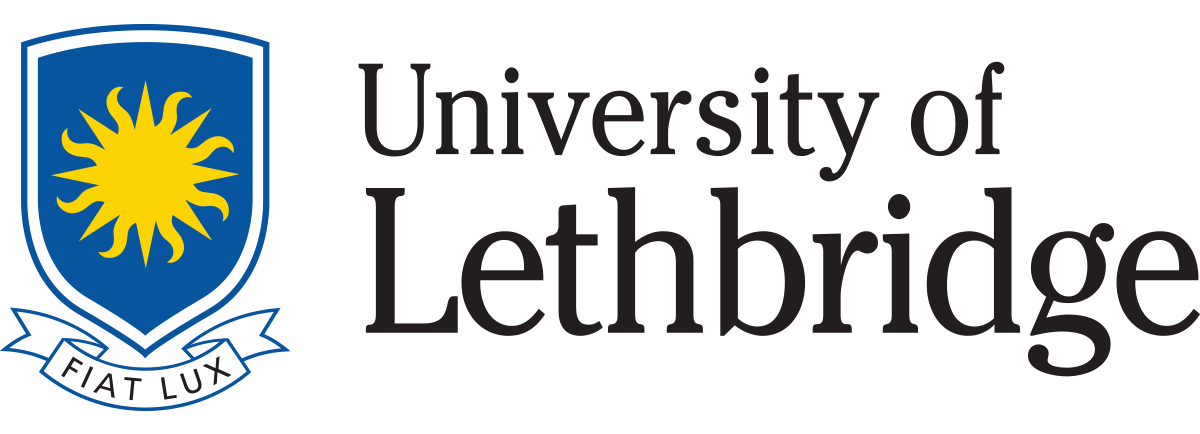Darku AB, Malla S, Tran KC.
HISTORICAL REVIEW OF AGRICULTURALEFFICIENCY STUDIES. CAIRN Research Network. 2013.
AbstractTraditional growth and development theories have demonstrated how efficient allocation of resources in all economies depends on economic efficiency in the agriculture sector. Historically, the agriculture sector has been supplying productive resources to other sectors in the economy asits productivity and efficiency improves over time. This report takes a comprehensive and historical look at the literature on agriculture efficiency from 1950 to 2011, while focusing on the various methodologies used and important results relevant for agricultural policy formulation. The review revealed that overtime the complexity of method used to examine agricultural efficiency has increased from simple index numbers and econometric analysis to complex nonparametric and parametric analysis. The overall results indicated that farms are generally technically and scale inefficient. Smaller farms are less efficient than big farms because large farms tend to adopt new technology faster than smaller farms due to their relative better access to credit, information, and other scarce resources. Technical efficiency is related to economic factors, environmental conditions, locations, size of local market, and agricultural policies. However, in general, the level of farm inefficiencies have been reducing as new and better farm practices have been implemented over time. Farmers’ education level has positive and significant impact on farm level efficiency. Organic farmers on the average are more efficient than conventional farmers. Most importantly, different econometric specification led to different results. For policy purposes the results from the studies shed light on the importance ofimprovement in extension services and increased access to credit and other resources as critical components of agricultural policy options to make farms, particularly the small ones, more technically and scale efficient. The results also demonstrate the importance of implementingagricultural policies that pays attention to other farm characteristics such as location and type of farms.
 historical_review_of_agricultural_efficiency_studies.pdf
historical_review_of_agricultural_efficiency_studies.pdf 